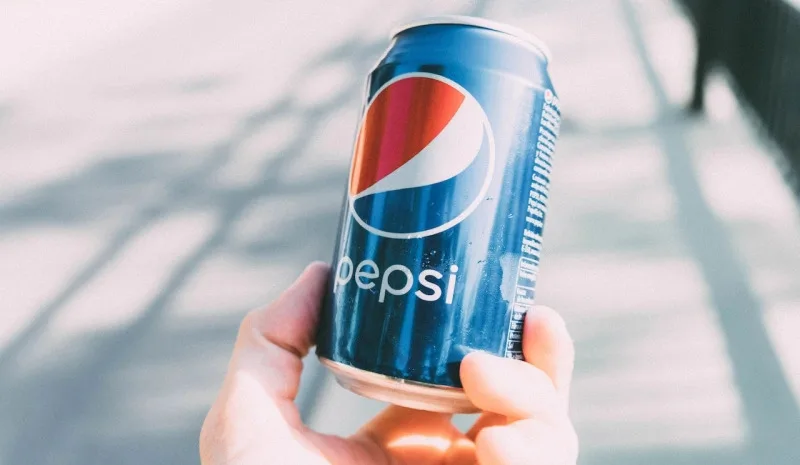Viral Marketing: Unleashing the Power of Social Influence

Viral marketing, a concept that often seems elusive and unpredictable, operates primarily on the dynamics of social networks and digital word-of-mouth. This marketing strategy involves creating content or experiences that are so compelling that people feel motivated to share them with others. At its core, viral marketing relies on high levels of engagement and sharing, aiming to create exponential growth in brand awareness or product promotion. What sets it apart is its ability to leverage the natural human propensity to share interesting, entertaining, or valuable information.
The essence of viral marketing lies in its reliance on social influence and peer-to-peer communication. Unlike traditional advertising, which broadcasts a message to a vast audience through media buys, viral marketing spreads through existing social networks. It utilizes the connections and trust already established among friends, family, and colleagues. This method ensures that the marketing message is not only received but also trusted, as it comes from a familiar source. Furthermore, viral campaigns often use triggers that are emotionally compelling, prompting an immediate reaction, be it joy, surprise, or even outrage, to fuel the spread of the message.
Principles and Mechanisms Behind Viral Marketing
Viral marketing strategies are built on a deep understanding of human psychology and social mechanics. The primary principle driving this approach is the ‘stickiness’ of a message—how memorable and engaging it is and how it connects on an emotional level with the audience. Effective viral marketing also heavily relies on the ease of sharing. In the digital age, this is facilitated by social media platforms where a single click can propagate content to hundreds or thousands of people.
Another critical aspect of viral marketing is timing. A well-timed campaign released during or just before major social conversations can achieve greater visibility and impact. Additionally, the uniqueness of the content plays a significant role. In a world where consumers are bombarded with information, standing out with a novel or striking message is crucial. Viral marketing campaigns often utilize storytelling, humor, and creativity to create a unique angle that captures the audience’s imagination and encourages sharing.
Effective Viral Marketing Strategies
To harness the power of viral marketing, businesses should focus on creating content that resonates with their audience on an emotional level. This might involve humor, inspirational stories, or even interactive content that challenges the viewer. The key is to design campaigns that provide value in such a way that the viewer feels they must share it with others. Whether it’s a useful piece of information, a stunning visual, or a compelling narrative, if the content can strike a chord with the audience, it has the potential to go viral.
Applications of Viral Marketing
Viral marketing can be particularly effective in several contexts. For product launches, a viral video or image can quickly generate excitement and anticipation. Nonprofits can use viral campaigns to spread their message and rally support for causes. In the entertainment industry, trailers, teasers, and even full episodes marketed virally can draw attention to upcoming releases. Similarly, viral marketing can be instrumental in the tech industry, where companies often rely on rapid dissemination of information about new gadgets or software.
Retail and e-commerce sectors also benefit significantly from viral marketing. Flash sales or unique product offerings can spread quickly through social networks, driving traffic and sales. In the travel and tourism sector, stunning visuals and compelling narratives about destinations can ignite wanderlust and boost bookings. Lastly, viral marketing is invaluable for awareness campaigns, where the goal is to inform the public about important issues swiftly and broadly.

Successful Examples of Viral Marketing
Several brands and organizations have successfully leveraged viral marketing. Perhaps one of the most iconic examples is the “Ice Bucket Challenge,” which was instrumental in raising awareness and funds for ALS research. This campaign encouraged participants to film themselves pouring ice water over their heads and nominating others to do the same, leading to widespread participation globally.
Another example is the “Share a Coke” campaign by Coca-Cola, which personalized bottles with common names and invited people to share their experiences online. This not only promoted the product but also created personal connections with the brand. Viral marketing has also seen success in the film industry, with movies like “The Blair Witch Project” utilizing mysterious and intriguing marketing tactics that capitalized on the power of internet buzz and speculation.
Measuring the Impact of Viral Marketing
The effectiveness of viral marketing can be significant, but it also poses challenges in measurement. Key performance indicators (KPIs) typically include reach, engagement, conversion rates, and ultimately sales or action taken. However, the true success of a viral campaign often lies beyond these metrics. It can be seen in increased brand recognition, improved brand loyalty, and the establishment of a brand as a major player in its industry.
Moreover, the impact of a viral campaign can sometimes be felt long after the initial buzz has died down. Long-term benefits include a larger social media following, increased website traffic, and higher search engine rankings. These outcomes demonstrate the lasting value of a well-executed viral marketing campaign, making it a powerful tool in any marketer’s arsenal.
